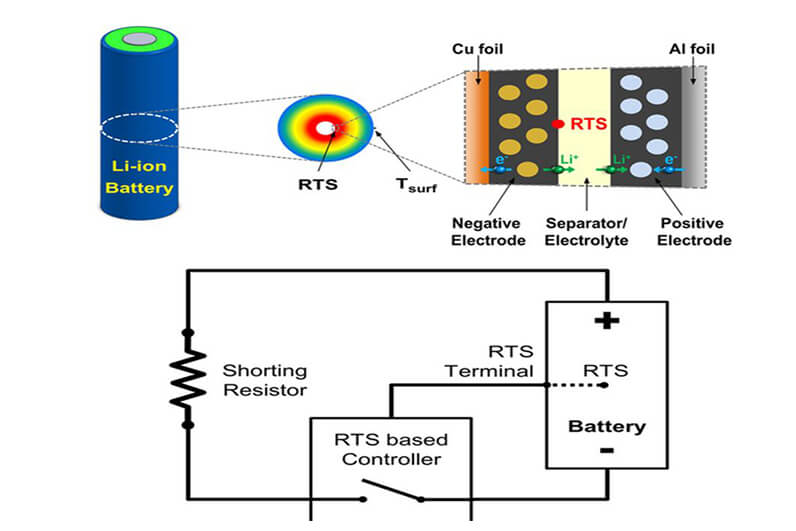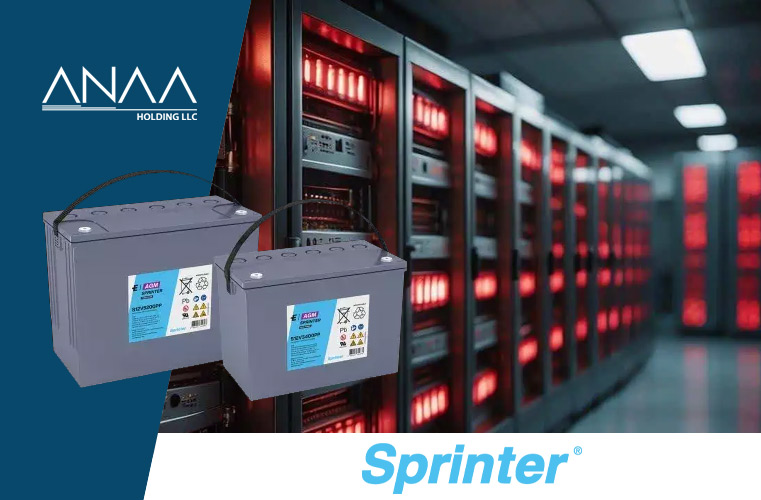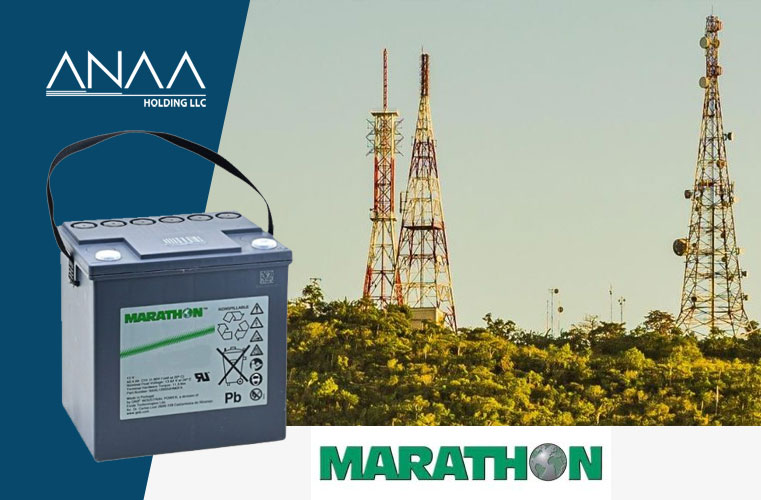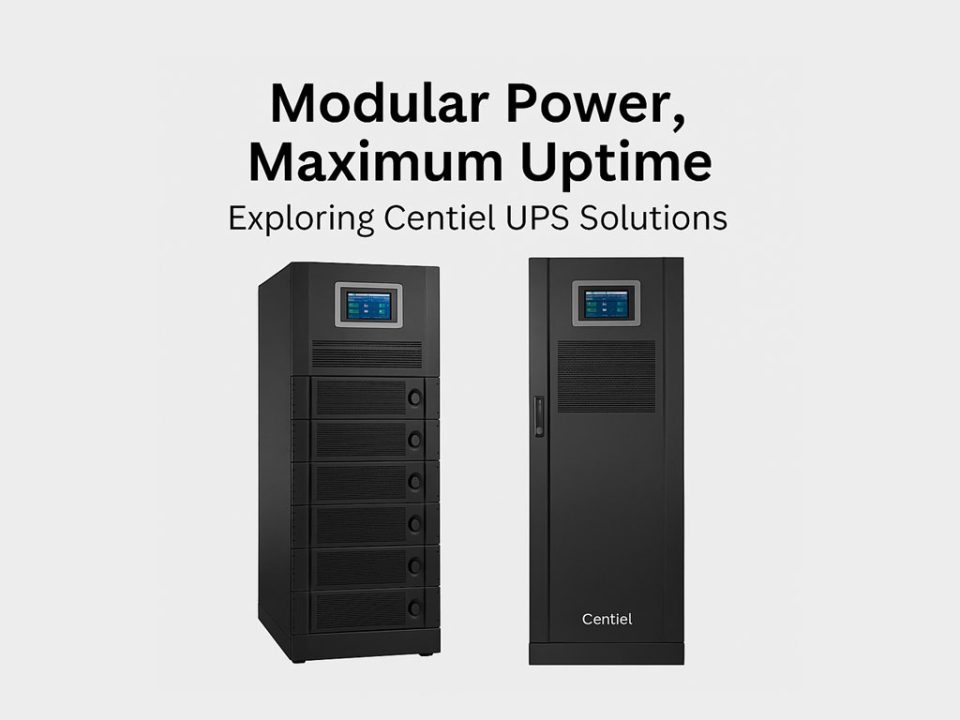
The Importance of Lithium-ion Battery Temperature Control
Lithium-ion battery technology has proven to be a very low-maintenance, versatile, and powerful alternative to traditional industrial power sources like lead acid batteries or internal combustion engines.
An important thing to keep in mind when using lithium-ion batteries is the temperature, both internal and external. Batteries can perform effectively in specific operating temperatures, making it crucial to understand how the battery can operate in hot or cold environments.
While lithium-ion batteries can operate in a much wider temperature range compared to lead acid batteries, extremely high or low temperatures will have an impact on lithium-ion battery performance.
It’s important to understand how to accurately measure and control the battery temperature to avoid any adverse effects.
The easiest way to measure and control a battery’s internal temperature is with a battery management system (BMS) that directly measures the temperature with internal sensors and then cools or heats the battery accordingly.
Lithium-ion Batteries Work at Low Temperatures
In general, lithium-ion batteries can be discharged at temperatures as low as -4°F, but their energy density and capacity can be decreased at extremely low temperatures. At very low temperatures, the ions move slower through the electrolytes, resulting in a reduction in capacity. Additionally, low temperatures cause the charge transfer velocity to decrease, which can make it difficult to charge a battery. The lowest charging temperature of a lithium-ion battery is 32°F.
If a battery is charged in freezing temperatures, it can cause permanent solid electrolyte interphase (SEI) buildup on the anode, causing irreversible damage to the battery.
Lithium-ion Batteries works at Cold Storage Industry
Lithium-ion battery manufacturers have been able to get around the cold temperature limitations through special cold temperature-specific battery designs. A battery can be designed with heaters that can keep the pack at its optimal temperature throughout the shift. This makes lithium-ion one of the best choices for cold storage warehouses and other cold-temperature applications.
This is controlled by the battery management system that measures the battery’s internal temperature and adjusts accordingly. By integrating a heater into the battery pack, lithium-ion batteries can stay at their controlled temperature without battery degradation. This way, the batteries can last in the freezer when in use for an entire shift.
As lithium-ion batteries become more accessible and technology continues to evolve, they have been able to find success in the cold storage warehouse. Lithium-ion batteries have transformed operations for many cold chain managers with their ability to opportunity charge and their performance monitoring BMS.
What Happens to Lithium-ion Batteries at High Temperatures?
In general, lithium-ion batteries can be charged in an environment up to 113°F and discharged in temperatures as high as 140°F.
The thing to be cautious about when it comes to preventing high-temperature effects is that even though the external environment might be cool enough, the battery can still heat up internally when the current is high.
Exposure to extremely high temperatures can cause cathode electrolyte oxidation, resulting in the loss of battery capacity. High temperatures can
- This increases the battery’s internal resistance, which results in a loss of power.
- Accelerate the aging process of a battery, leading to faster degradation.
If batteries are mishandled or manufactured incorrectly, high temperatures can even lead to thermal runaway, which is one of the main safety risks associated with lithium-ion batteries.
Choose the Right Lithium-Ion Battery Chemistry to Avoid Overheating
Lithium iron phosphate battery chemistry is the best choice for industrial applications because it can operate in a wide temperature range. Not only can it withstand elevated temperatures, but its thermal runaway temperature is much higher than other types of lithium-ion chemistries, like lithium nickel manganese cobalt oxide (NMC) chemistries.
A well-designed battery has overheating protection programmed as a basic safety feature of its BMS.
Not all lithium-ion batteries are created equal. Lithium iron phosphate batteries have a thermal runaway of 518 °F, which is one of the highest, allowing the battery to have a high margin of safety and stability, even when exposed to extreme temperatures.
Lithium-ion battery technology has proven to be a very versatile alternative to lead acid and internal combustion power sources. Because of their wide operating temperature range, lithium-ion batteries are one of the best choices for material handling equipment in cold storage warehouses.




